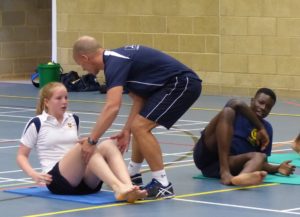12 coaching lessons learnt in 2018
1 CommentThings I think I have learnt this year

1.Athletes, especially young ones, have so much happening in their lives that our influence is minimal. Coaches need to realise this.
2. Periodisation planning is flawed in group settings in all but the most controlled environments (see #1). Every athlete doing your sessions has eaten, slept, socialised, studied and travelled differently from their peers. All of these influence the effectiveness of your programme.
3. Children are simply unable to throw. Parents would rather send them to an athletics or tennis club than play with their kids in the park. Time spent throwing stones into a river or the sea is time well spent. Encourage your athletes to play with their parents.
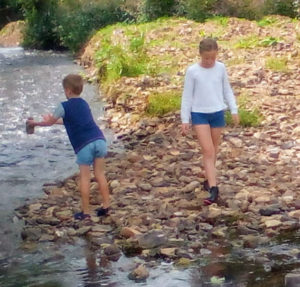
4. Fitness testing is overrated. I know that 16-18 year old girls are going to be weak. Measuring them and telling them what we already know is unlikely to motivate them.
5. Exploration and problem solving tasks lead to high engagement. For example, Pike head stands are hard, but help develop control, balance, strength and mobility.
Doing them looks cool, kids want to be able to do this. They practice in secret without being asked. Or, you could tell them to do 2 x20 ab curls and 30 seconds of plank…
6. Fartlek training (Speed Play) should be athlete led. They learn the rhythm of running as well as adapting to the undulating terrain and different environments. Why are college lecturers prescribing this on a treadmill? It ain’t fast and it ain’t fun.
7. Collaboration works better than competition for most kids. Parents have different views and some are obsessed with rating their children against others. UGH! Gymnastics displays to showcase their newly developed skills has proved popular with our members.
8. Growing and developing assistant coaches from within the club is better than asking for outside help. It takes more time, but we have benefited greatly this year from internal help. These volunteers understand our work ethic and culture.
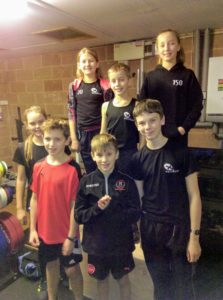
9. I would take our group of athletes in our “Strength and co-ordination” sessions over any “professional” group I work with. These 9-13 year olds ask great questions of me, themselves and of each other. They come to each session prepared and ready to work.
10. A mix of:
• Free practise
• Partner work
• Specific skills
• Structured group work
is how our gymnastics class has evolved. If we have some of each element, the class runs smoothly. Too much of any one aspect and we lose cohesion.
11. Listening to a good tune for 2-3 minutes after driving to a coaching session helps me transfer to coaching mode. I then start the session fresh #1 at present is “Lack of Afro’s Cold Blooded”

12. Technology is over rated. All my best coaching interactions have happened from face to face contact.
Listening, observing and learning from our athletes has been the best part of this year. I reflect after each session in my coaching journal using the Mark 1 pen and journal.
Thanks to everyone who helped
These were my reflections. My coaching improved in 2018 thanks to many people helping including:
- Barry Phelan, Karen, Craig and Alex at Orchard Gymnastics.
- Vern Gambetta and everyone at GAIN
- Keith Morgan and Marius Hardiman for all things Weight Lifting
- Simon Worsnop for helping set up our Athletic Development Coach course
- My wife Sarah and all the athletes for keeping my feet firmly on the floor.


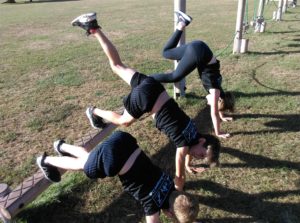
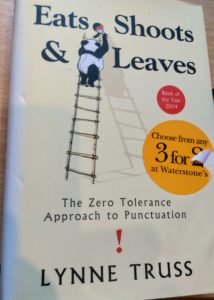
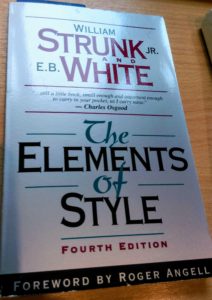
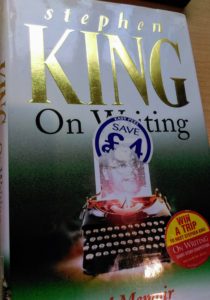
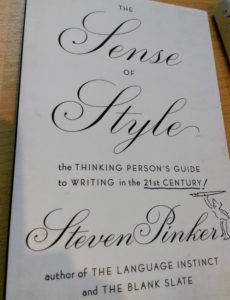

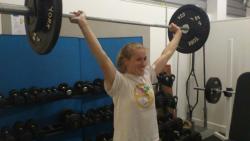 In my opinion it is always easier to teach the Power Snatch first, the pulling phase is the same as the Power Clean and the lift a little less problematic. (Becky Brown in pic).
In my opinion it is always easier to teach the Power Snatch first, the pulling phase is the same as the Power Clean and the lift a little less problematic. (Becky Brown in pic).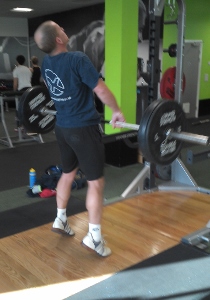
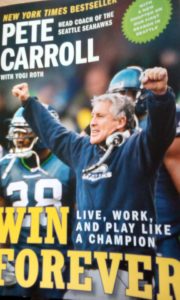
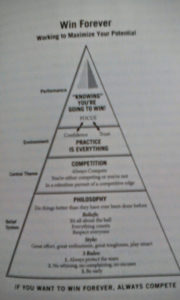
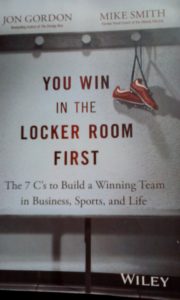

 Athletes I work with come home from a Regional or National camp with a sheet of paper and a directive to “do these exercises or else”. They then ask me what a “SLDRDL” or a “One legged Monkey Puzzle” is.
Athletes I work with come home from a Regional or National camp with a sheet of paper and a directive to “do these exercises or else”. They then ask me what a “SLDRDL” or a “One legged Monkey Puzzle” is. That is different from telling all athletes to eat pilchard eggs because one study of 3 Eskimos found that they were able to run faster after eating pilchard eggs for 2 weeks.
That is different from telling all athletes to eat pilchard eggs because one study of 3 Eskimos found that they were able to run faster after eating pilchard eggs for 2 weeks.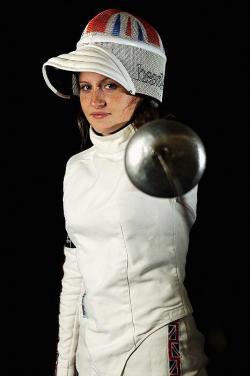 Find out what is happening in all aspects of the athlete’s life and write it down. I get the athlete to fill out a
Find out what is happening in all aspects of the athlete’s life and write it down. I get the athlete to fill out a 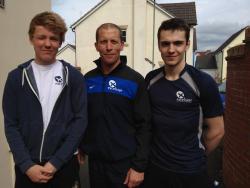
 “A Jedi gains power through understanding and a Sith gains understanding through power” says Senator Palpatine in Attack of the Clones.
“A Jedi gains power through understanding and a Sith gains understanding through power” says Senator Palpatine in Attack of the Clones. “The more we learn, the more we discover how much we do not know.” Yoda
“The more we learn, the more we discover how much we do not know.” Yoda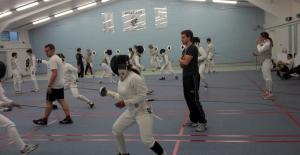 I mentioned this yesterday on the
I mentioned this yesterday on the 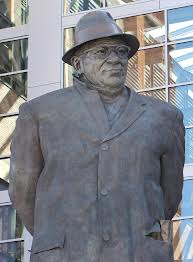 As the Green Bay Packers won yesterday, I thought I would quote the legendary Vince Lombardi
As the Green Bay Packers won yesterday, I thought I would quote the legendary Vince Lombardi